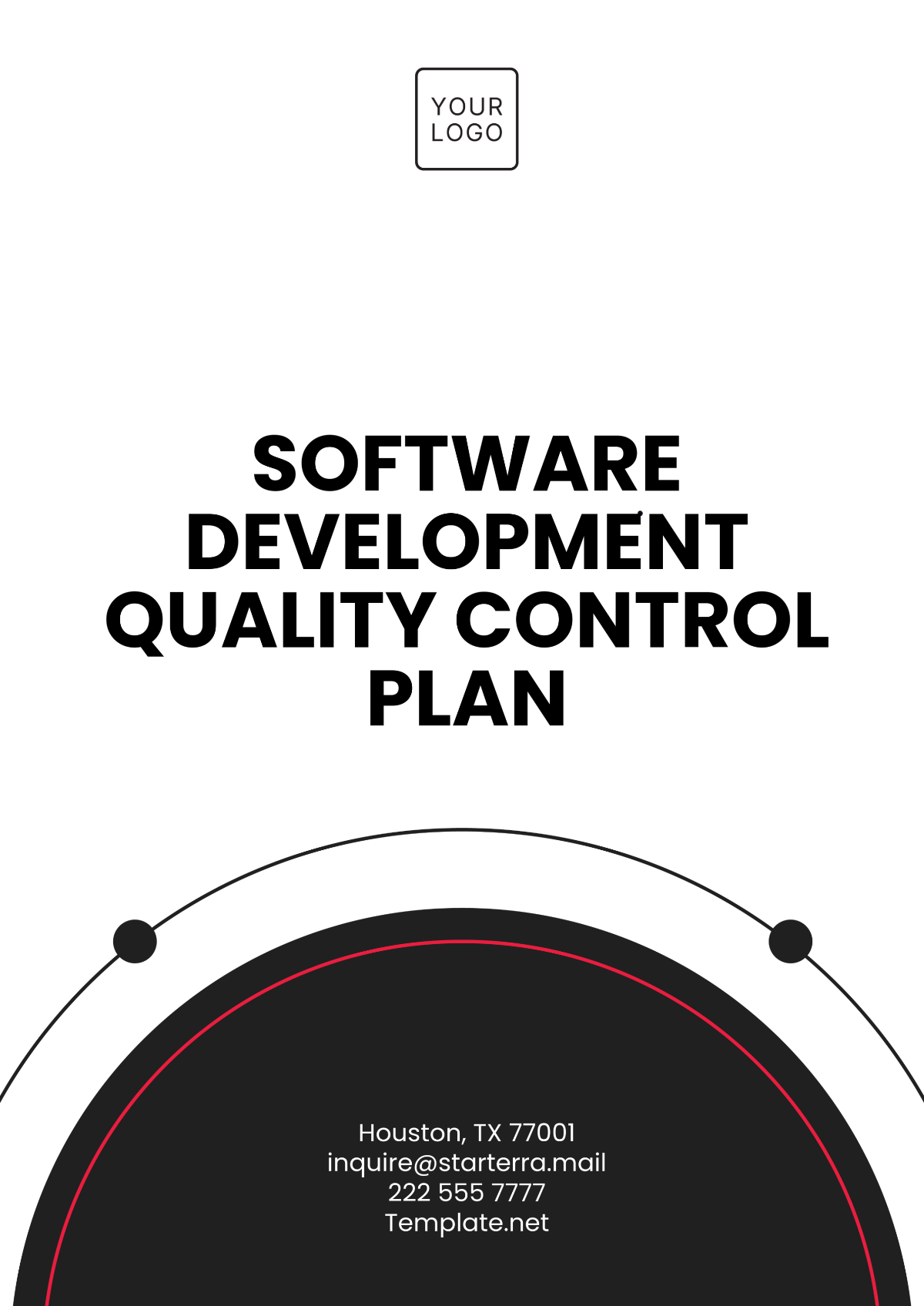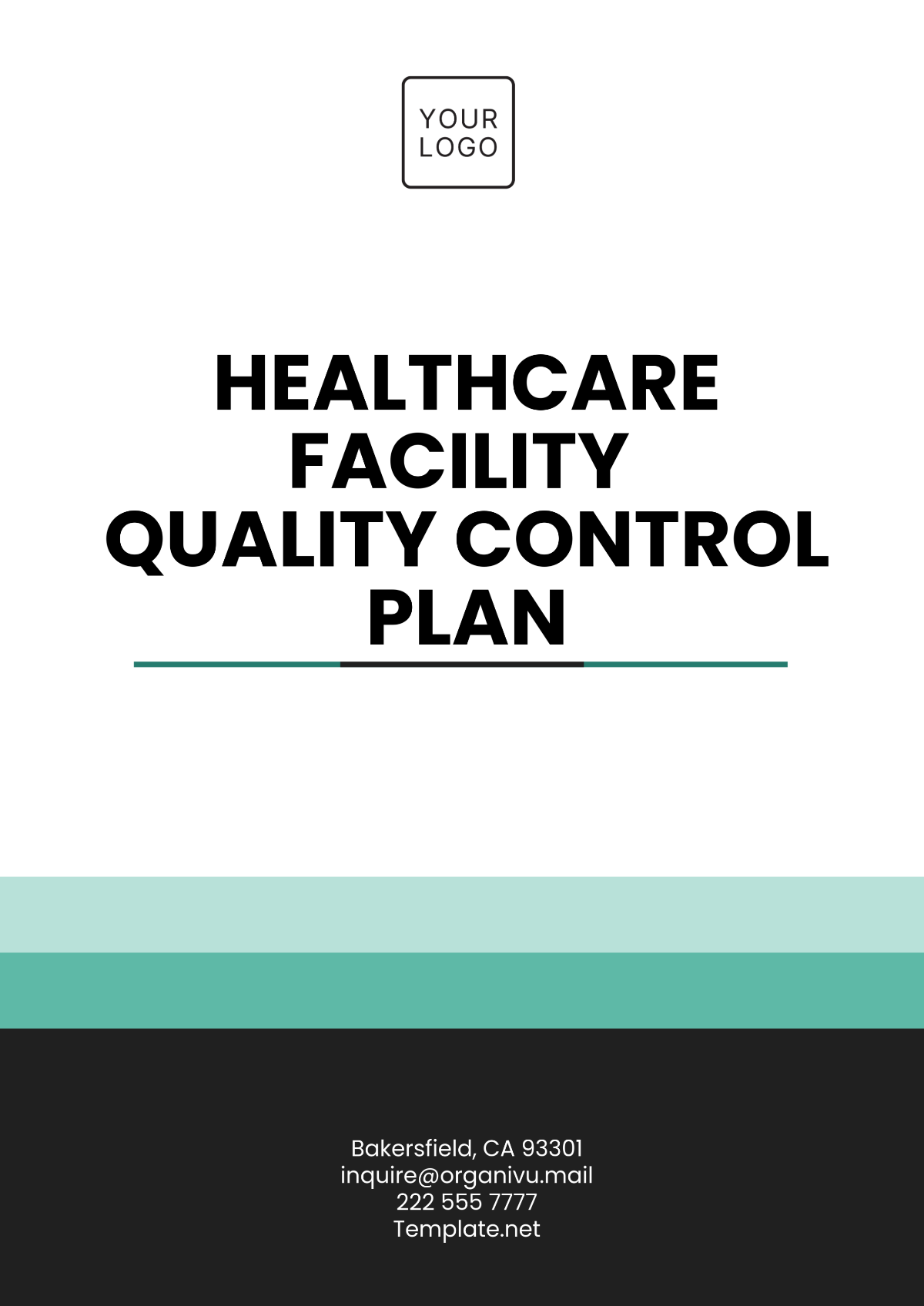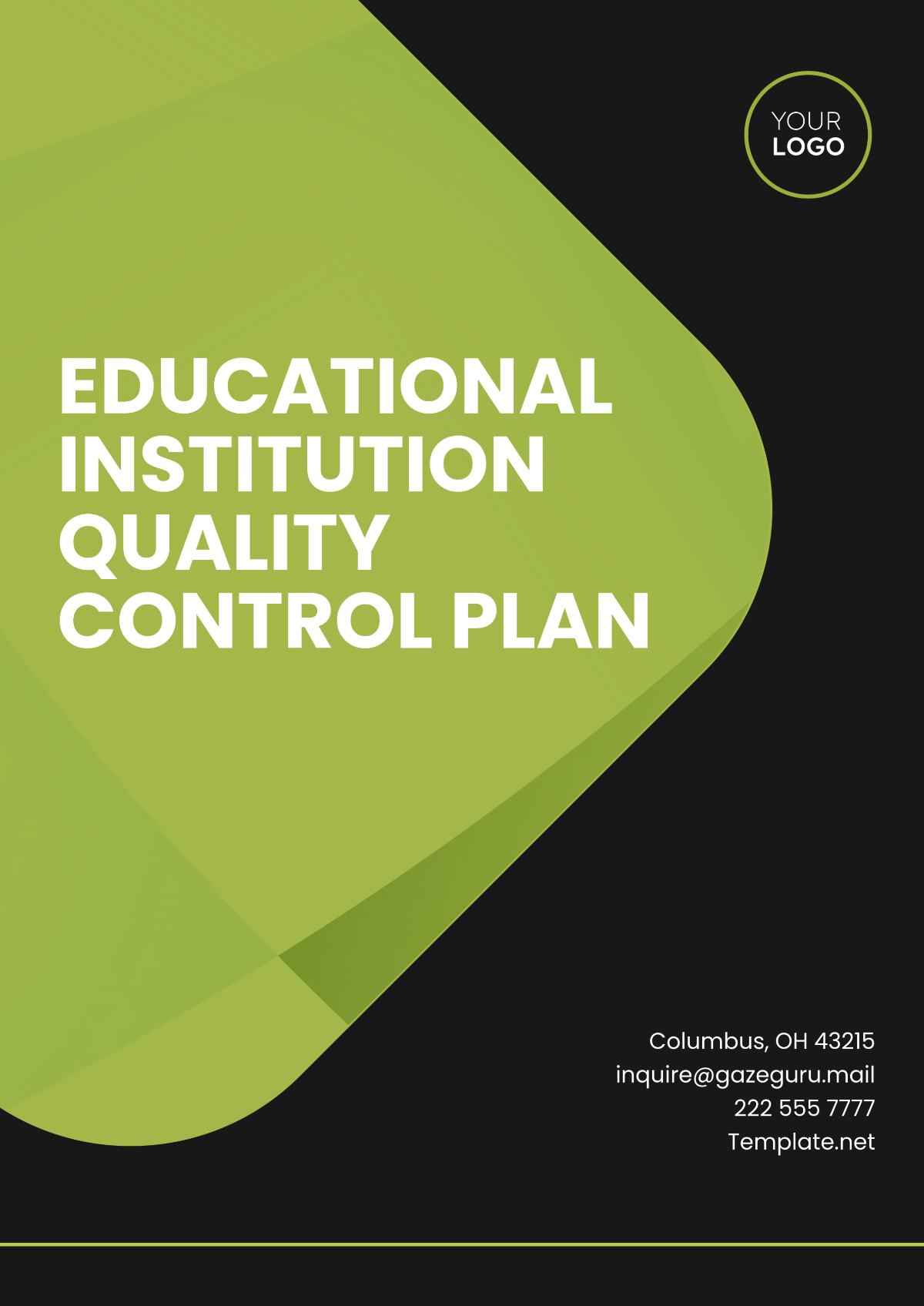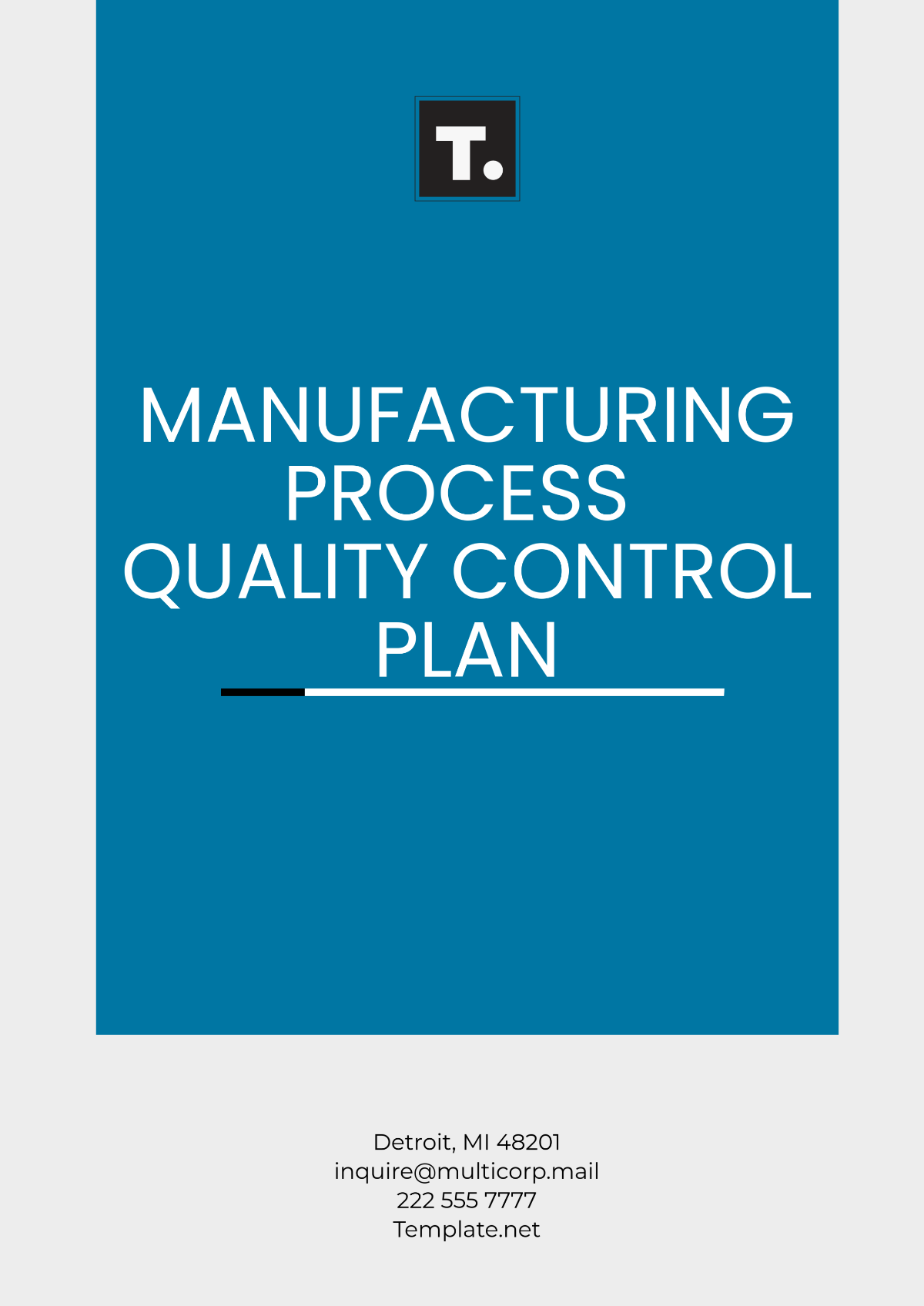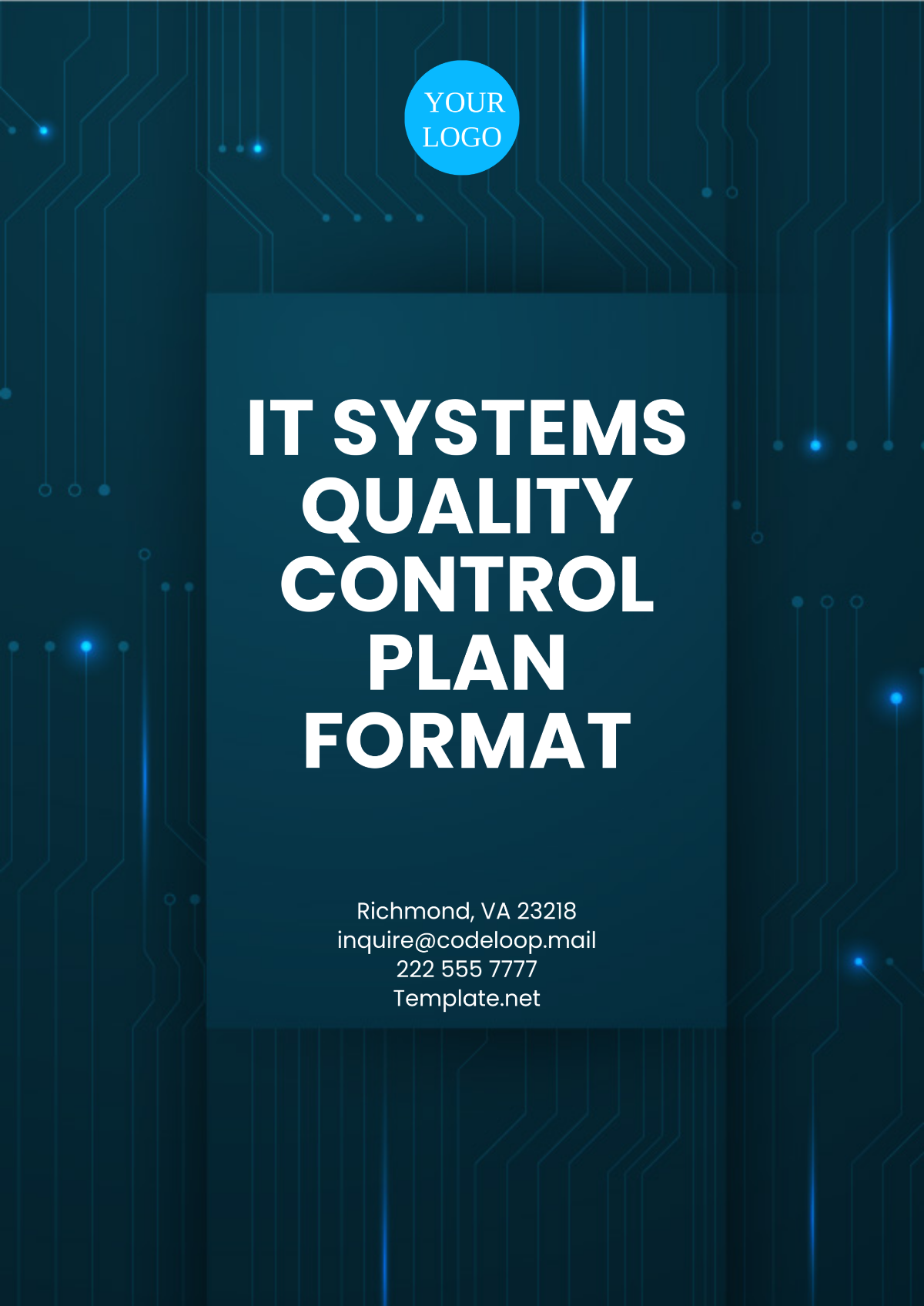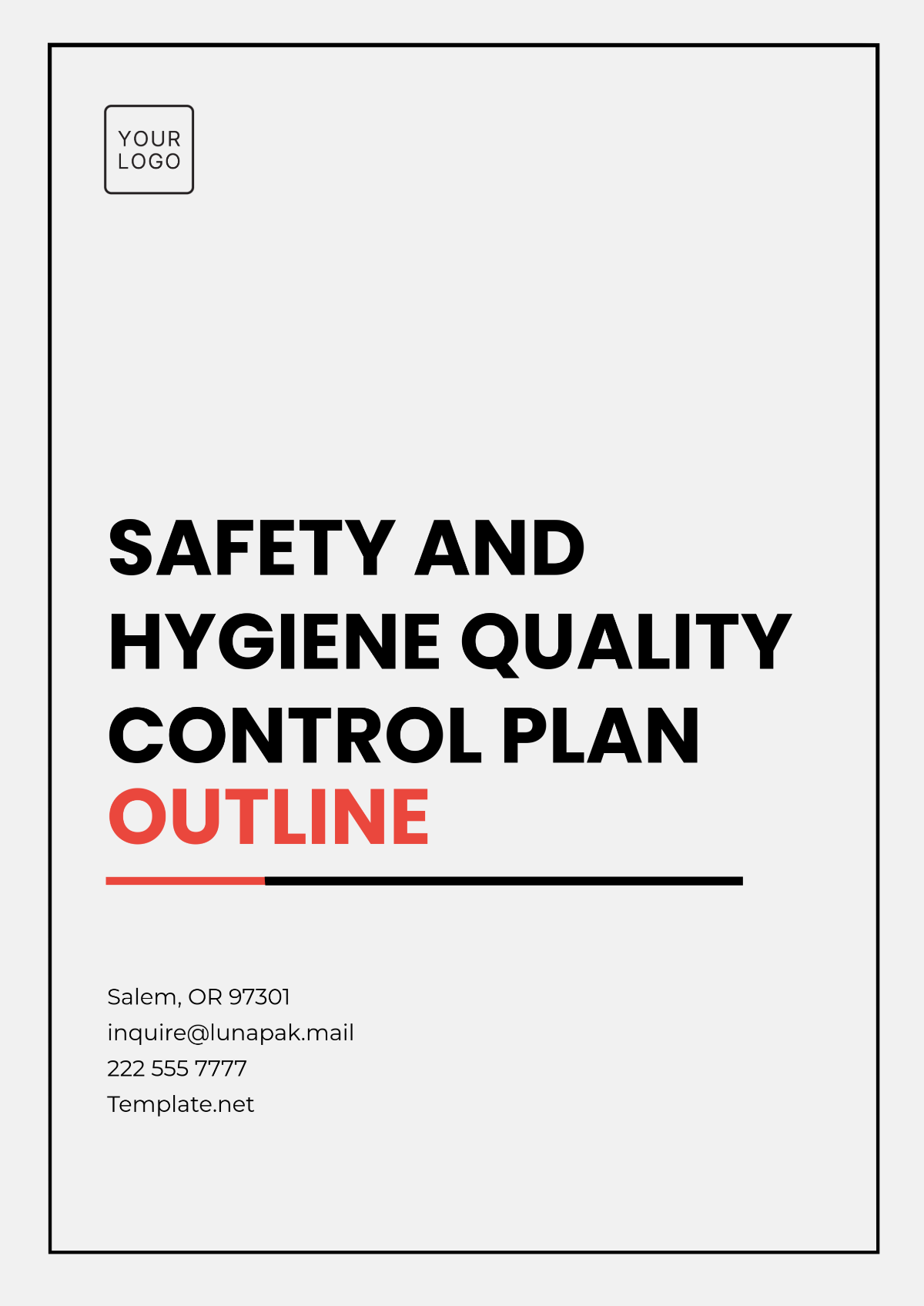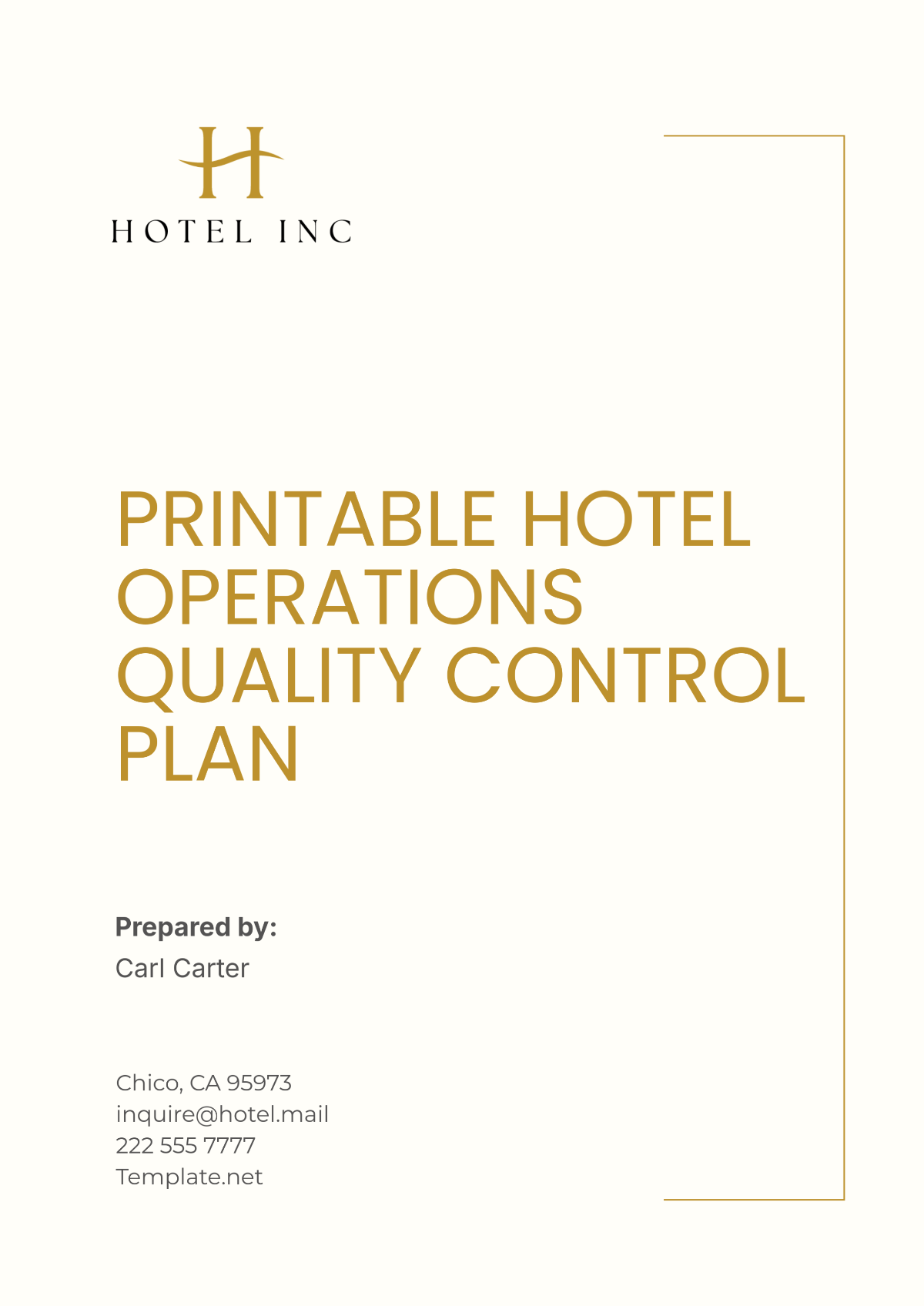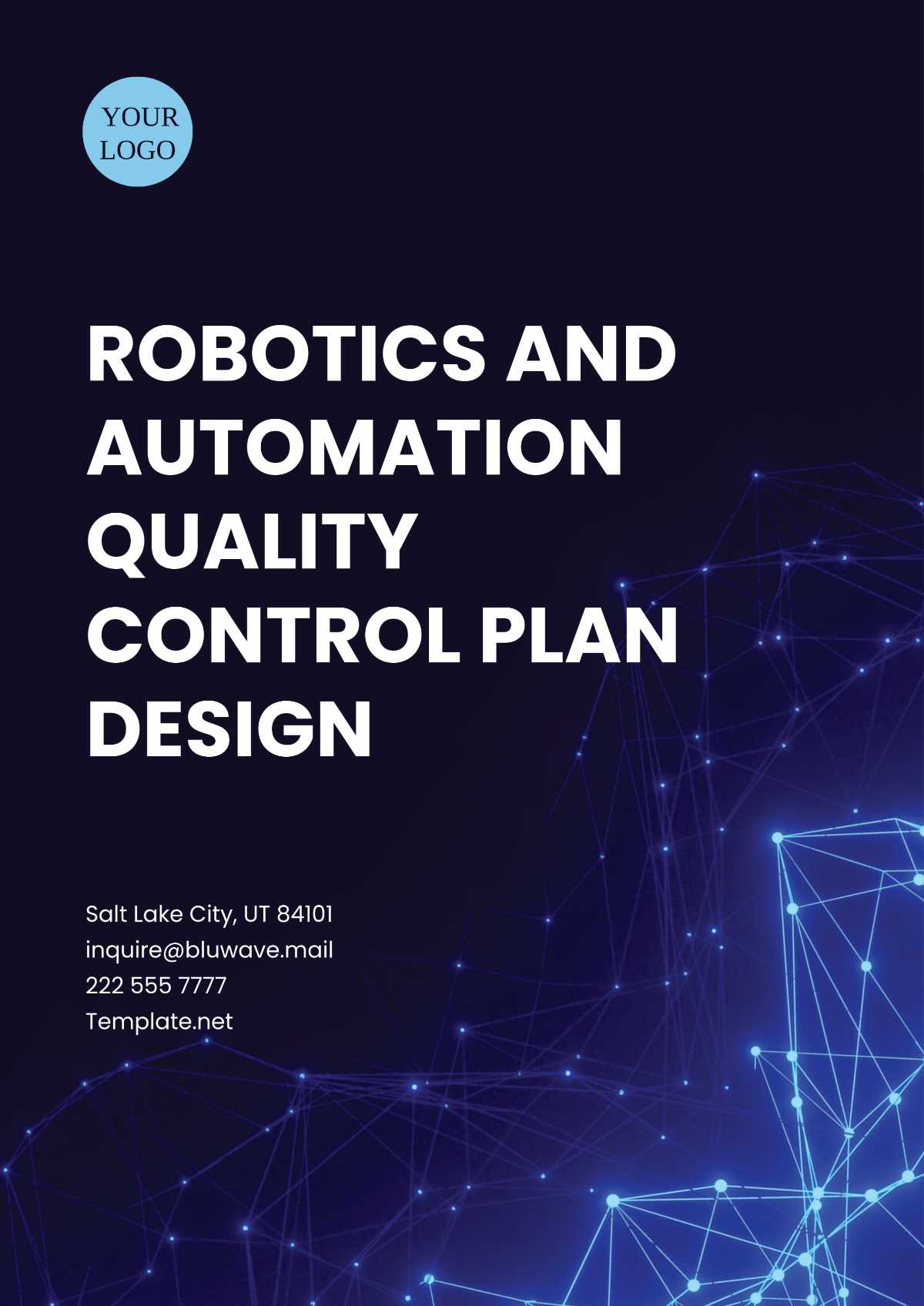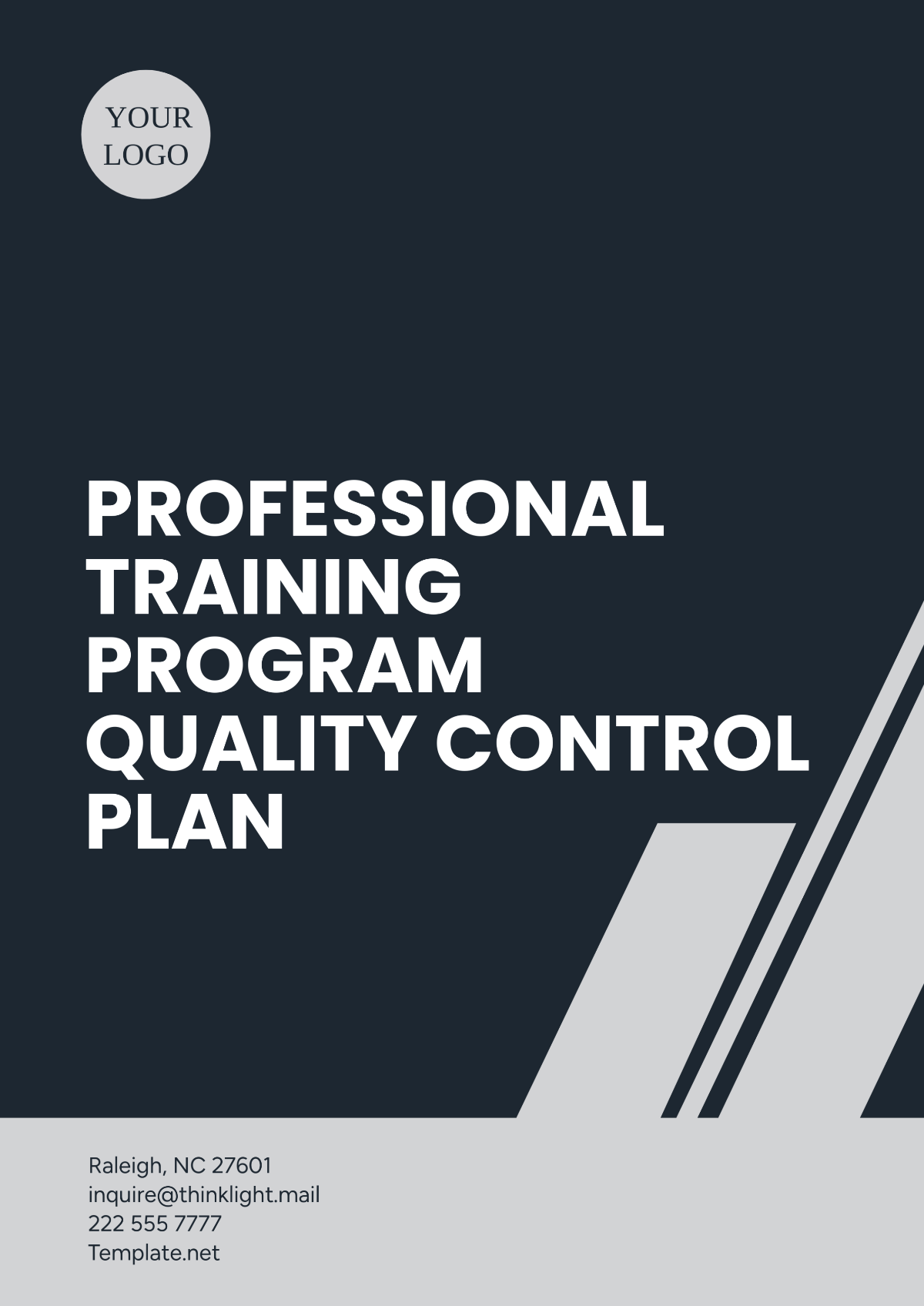IT Systems Quality Control Plan Format
Prepared by:
[Your Name]
[Your Company Name]
1. Introduction
Provide a comprehensive overview of the quality control plan for IT systems, emphasizing the importance of maintaining high-quality standards throughout the development, implementation, and management processes.
2. Quality Control Objectives
List the primary objectives of the quality control plan, such as:
Ensuring adherence to established quality standards.
Identifying and mitigating risks related to IT systems.
Improving system reliability and user satisfaction.
Facilitating continuous improvement in IT processes.
3. Quality Control Methodology
3.1 Risk Assessment
Detail the process for conducting thorough risk assessments to identify potential threats and prioritize risks, including:
Assessment Process: Describe the steps involved in the risk assessment process.
Mitigation Strategies: Outline strategies for mitigating identified risks.
3.2 Quality Audits
Explain the regular quality audits that will be performed, covering:
Audit Scope: Define the areas to be audited, such as system architecture, data integrity, and functionality.
Audit Process: Detail the procedures for conducting audits and documenting findings.
3.3 Performance Testing
Describe the methods used for performance testing, including:
Testing Criteria: List the criteria for evaluating system responsiveness, stability, and resource usage.
Optimization: Outline how performance test results will be used to optimize system performance.
4. Roles and Responsibilities
Define the roles and responsibilities of key personnel involved in quality control operations, using a table for clarity:
Role | Responsibilities |
|---|---|
Quality Control Manager | Oversee the quality control process, ensure compliance with quality standards, and guide best practices. |
IT Auditor | Conduct audits, document findings, and recommend improvements to enhance system quality and compliance. |
Performance Engineer | Perform performance testing and optimize system performance based on testing outcomes. |
5. Continuous Improvement
Outline strategies for continuous improvement to adapt to changing requirements and enhance system effectiveness over time, including:
Regular Reviews: Continuously review and update quality standards and procedures.
Feedback Mechanisms: Implement mechanisms to gather and integrate user feedback on system performance.
Team Collaboration: Encourage collaboration between teams to foster a culture of quality.
6. Conclusion
Summarize the purpose and importance of the IT Systems Quality Control Plan, emphasizing the commitment to maintaining excellence in IT systems management through rigorous quality control practices.




